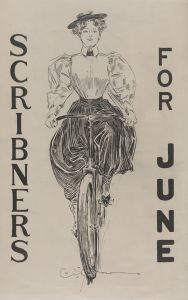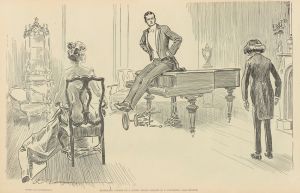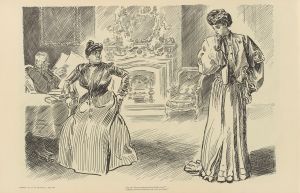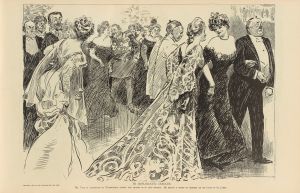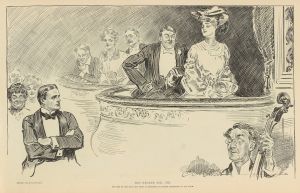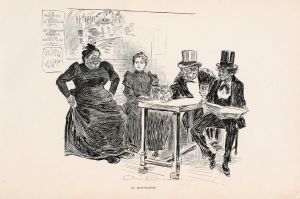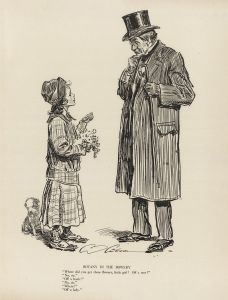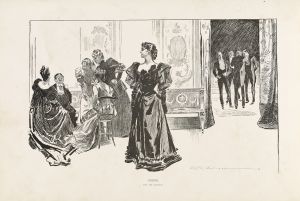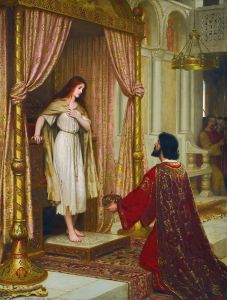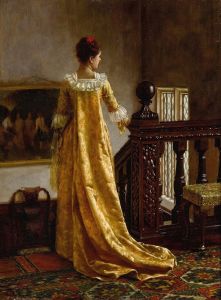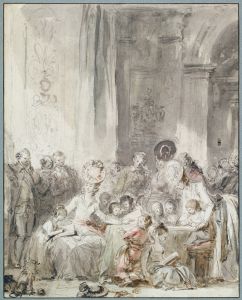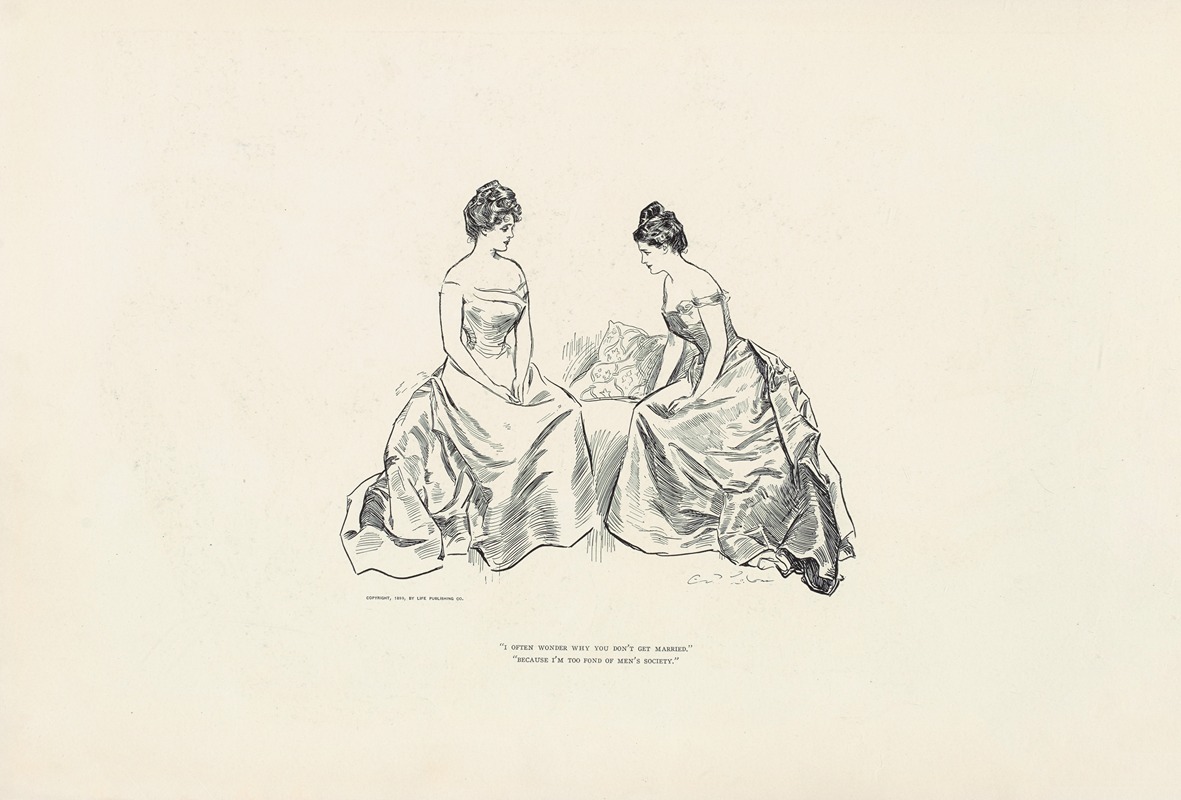
I often wonder why you don’t get married
A hand-painted replica of Charles Dana Gibson’s masterpiece I often wonder why you don’t get married, meticulously crafted by professional artists to capture the true essence of the original. Each piece is created with museum-quality canvas and rare mineral pigments, carefully painted by experienced artists with delicate brushstrokes and rich, layered colors to perfectly recreate the texture of the original artwork. Unlike machine-printed reproductions, this hand-painted version brings the painting to life, infused with the artist’s emotions and skill in every stroke. Whether for personal collection or home decoration, it instantly elevates the artistic atmosphere of any space.
Charles Dana Gibson was an influential American illustrator, best known for his creation of the "Gibson Girl," a representation of the idealized American woman at the turn of the 20th century. His work captured the social dynamics and cultural norms of his time, often with a touch of humor and satire. One of his notable illustrations is "I often wonder why you don’t get married," which reflects his keen observation of societal expectations and gender roles.
"I often wonder why you don’t get married" is a black-and-white illustration that was published in the early 20th century, a period when Gibson's work was widely circulated in magazines such as Life, Collier's, and Harper's Weekly. The illustration typically features a scene that humorously comments on the societal pressures faced by women to marry. Gibson's art often depicted women in a way that was both aspirational and reflective of the changing roles of women in society.
The "Gibson Girl" was characterized by her poise, beauty, and independence, serving as a cultural icon that influenced fashion and attitudes. In "I often wonder why you don’t get married," Gibson likely used his signature style to highlight the paradoxes and expectations surrounding marriage. The illustration would have resonated with contemporary audiences, who were navigating the evolving landscape of gender roles during a time of significant social change.
Gibson's work, including this piece, played a role in shaping public perceptions of femininity and the social expectations of women. His illustrations were not just art; they were commentary on the social issues of the day. The humor and wit in his work allowed him to address serious themes in a way that was accessible and engaging to a broad audience.
The popularity of Gibson's illustrations, including "I often wonder why you don’t get married," contributed to the broader cultural dialogue about women's roles in society. His work was part of a larger movement that saw women beginning to assert more independence and challenge traditional norms. The "Gibson Girl" became a symbol of this new womanhood, embodying both the constraints and the possibilities of the era.
While specific details about the context or reception of "I often wonder why you don’t get married" are limited, it is clear that Gibson's work was influential in its time. His ability to capture the essence of societal attitudes with a single image made his illustrations enduring pieces of cultural history. Today, they offer valuable insights into the social fabric of the early 20th century and continue to be studied for their artistic and historical significance.
In summary, Charles Dana Gibson's "I often wonder why you don’t get married" is a reflection of the social commentary that defined much of his work. Through his illustrations, Gibson provided a lens through which to view the complexities of gender roles and societal expectations, making a lasting impact on American culture.





